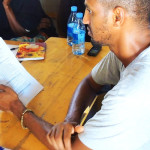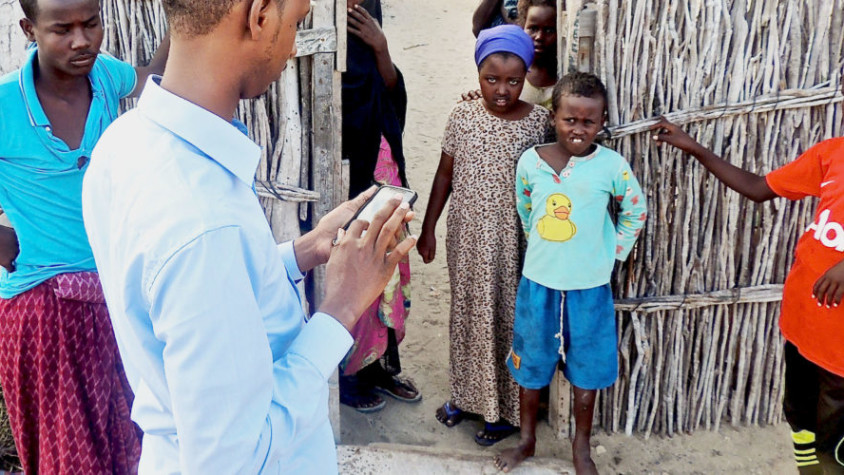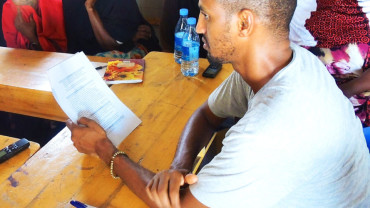

Middle Shabelle, located in southern Somalia, is one of the most geographically diverse regions of the country. Although there are opportunities for communities in the Middle Shabelle to access a diverse, wide range of economic activities, this has been limited by the conflict and persistence insecurities in the region. According to the United Nations Mission in Somalia (UNSOM), a pre-war census estimated the population in Middle Shabelle region at 2 million inhabitants. The size of the population and demographics are thought to have drastically changed over the past 30 years.
On February 2016, RAADE team conducted a baseline survey in Mahaday and Cadale in Middle Shebelle region. The upcoming Community-Driven Reconstruction and Development projects that are planned for implementation through the Somali Stability Fund (SSF) necessitated the baseline survey.
The rigorous data collection exercise targeted a sample representative of 300 households with 150 households interviewed in each district. The respondents comprised of the diverse members of the communities that includes elders, religious leaders, local administration, civil society actors, women and the youth. The inclusivity in the survey was aimed in attaining a balanced data that accurately reflects o the perceptions of the local residents pertaining to household assets, government accountability, social cohesion, security and conflict resolution, and access to services such as education, health, and water.
RAADE Group used mobile phones and data collection websites such as formhub.org and ona.io. The team used softwares such as SPSS to analyze the data, and delivered a comprehensive report to the Somali Stability Fund (SSF).

Leave us a reply